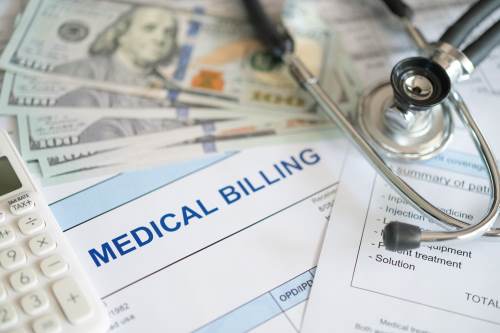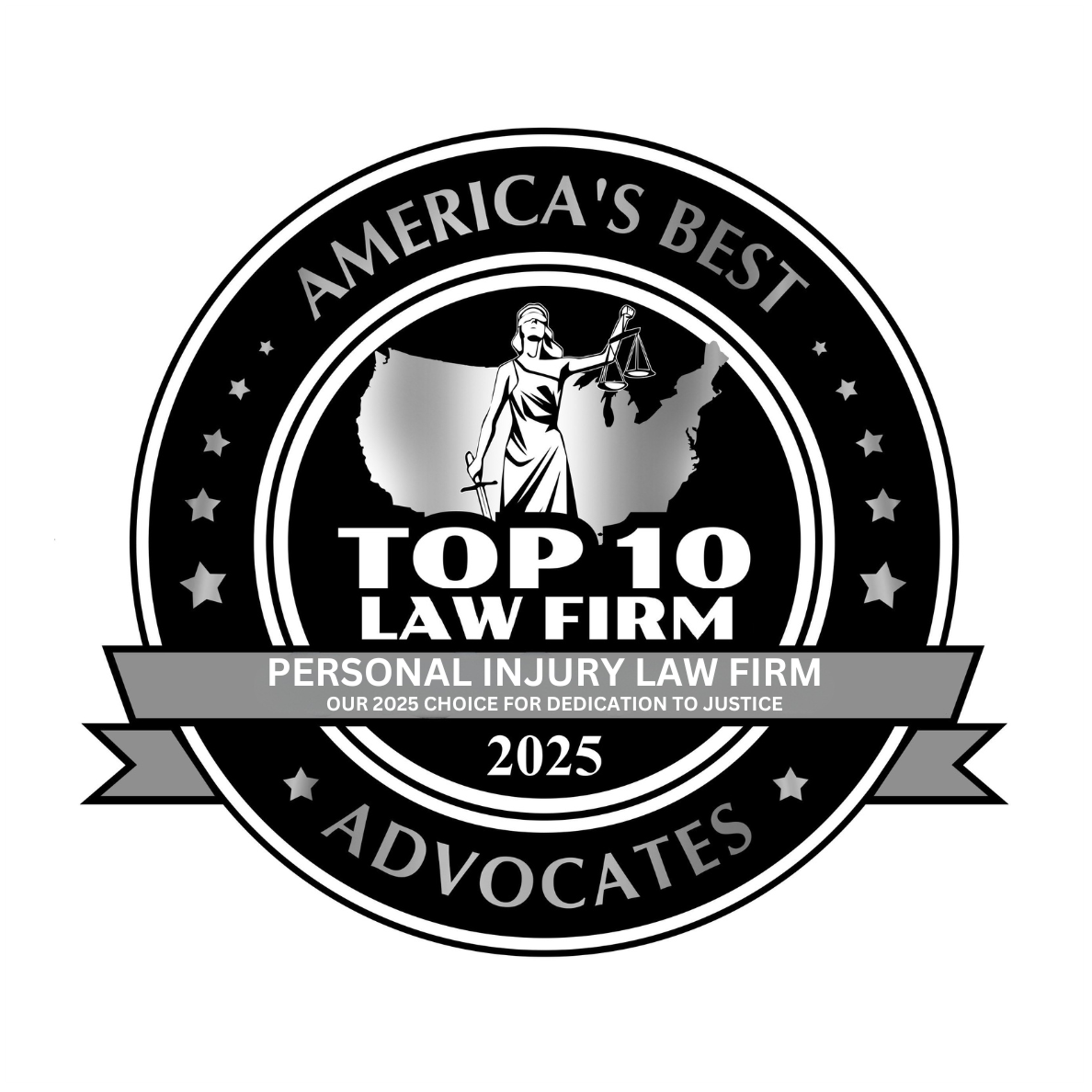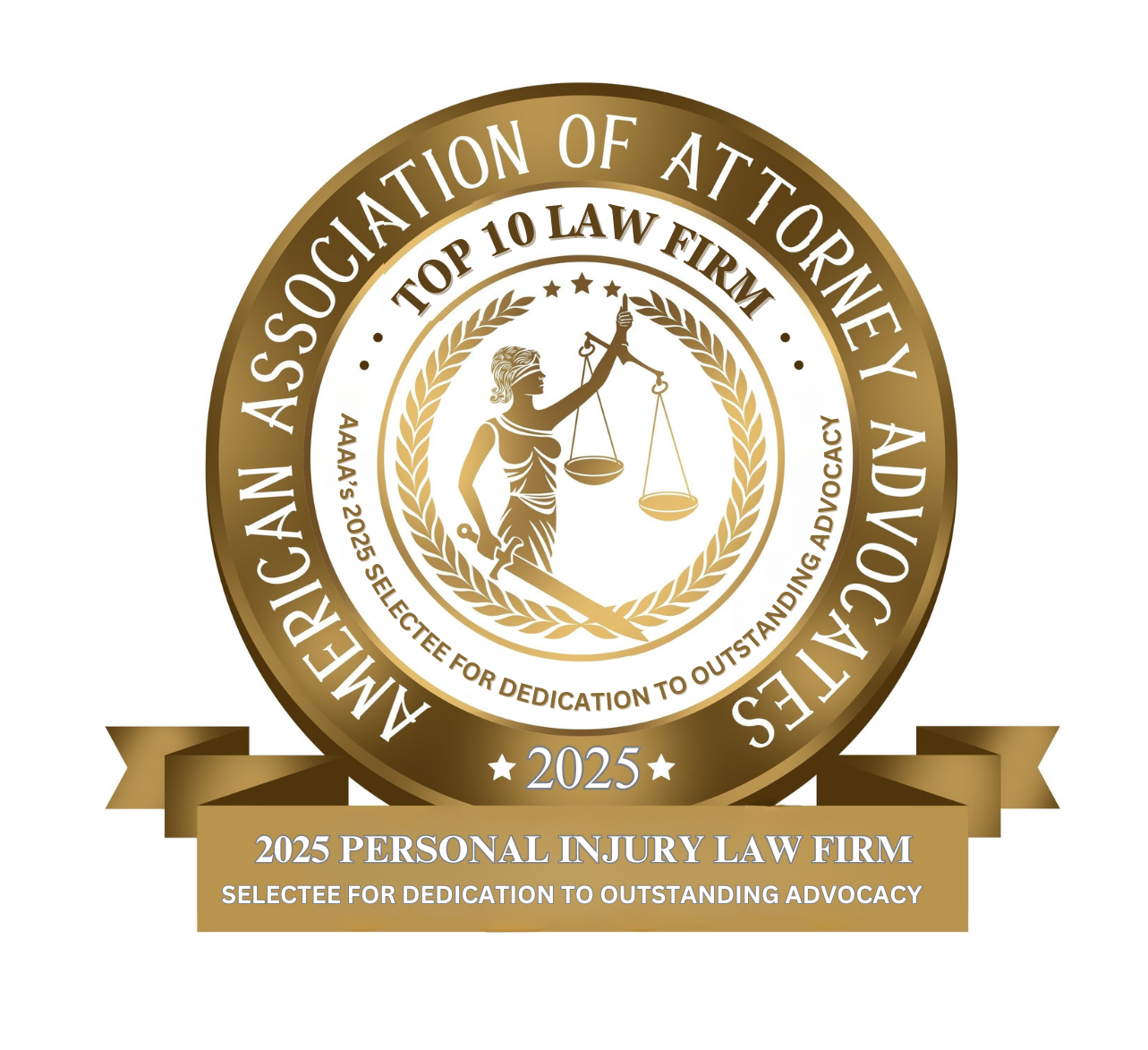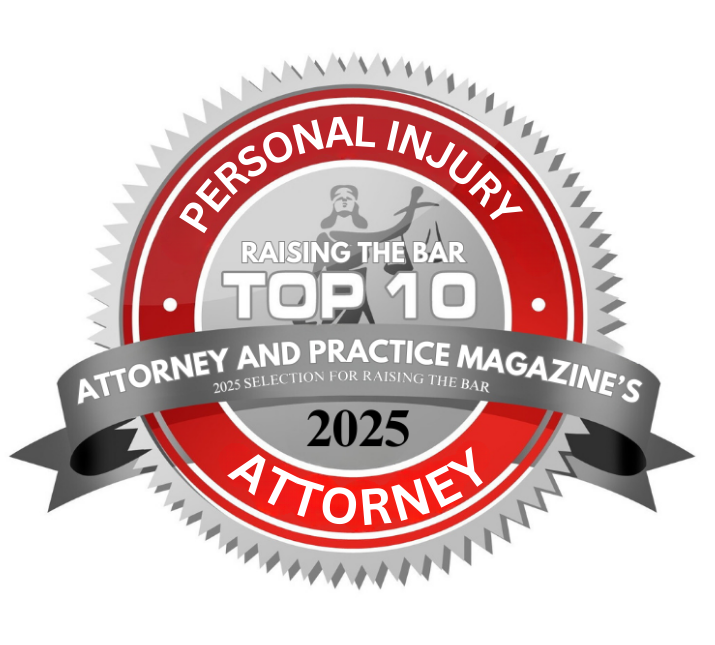- Free Consultation: (630) 527-4177 Tap Here to Call Us
How Medicaid Cuts from the “One Big Beautiful Bill” Could Impact Car Accident Victims

Car crashes don’t schedule themselves around politics. If you’re hurt, you need emergency care now, a way to pay for surgery or rehab tomorrow, and a plan for long-term recovery. That’s why recent Medicaid changes in the federal budget reconciliation law nicknamed the “One Big Beautiful Bill” matter so much to car accident victims. The law, signed July 4, 2025, rewrites key parts of Medicaid and related health programs, adding new cost-sharing, tightening eligibility and documentation rules, and shrinking federal support that states use to pay hospitals, trauma centers, and rehabilitation providers. Those shifts will ripple straight into the real world of ER visits, hospital liens, physical therapy, and settlement negotiations after a car accident.
In this blog, we break down the major Medicaid provisions, what the nonpartisan and policy experts are projecting, and, most importantly, how they could affect injured people and their families after a wreck.
What The Big Beautiful Bill Changes in Medicaid
Work/community-engagement requirements and redeterminations. The law establishes federal “community engagement” rules for certain Medicaid adults (often called work requirements), with limited exemptions. Administrative barriers, documentation, reporting hours, verifying exemptions, are a central feature. Analyses of the final law and earlier House/Senate drafts project substantial coverage losses tied to these requirements, driven as much by red tape as by work status.
New cost-sharing for expansion adults. States that expanded Medicaid must impose copays (up to the law’s limits) on some services for adults with incomes roughly 100–138% of the federal poverty level, with specified exemptions (e.g., certain primary care and behavioral health). Even small copays make low-income patients delay or skip care, particularly specialty visits and prescriptions.
Reduced federal payments for Emergency Medicaid for certain noncitizens. The law limits the federal match for “emergency medical condition” services for individuals who would otherwise qualify for expansion except for immigration status, shifting more costs to states and safety-net hospitals.
Crack-downs tied to “improper payments” and eligibility verification. It expands what counts as an “improper payment,” increases audits, and allows HHS to reduce federal financial participation when states can’t document eligibility, policies that historically lead to eligible people losing coverage during churn.
Bottom line projection: Independent budget estimates and summaries warn of millions losing coverage and hundreds of billions in federal Medicaid reductions over a decade, with costs shifted to states/hospitals. Early coverage of a CBO readout pegged losses in the many millions, most from Medicaid.
Why Car Accident Victims Should Care
When someone is hit at an intersection or in a highway pileup, Medicaid is often the only payer that steps in immediately for low-income adults and uninsured families. Even if another driver was at fault, you can’t wait months (or years) for a liability insurer to accept fault or for a lawsuit to settle. For those who qualify, Medicaid covers:
- Emergency department and trauma care
- Hospitalization and surgery
- Prescription medications and DME (e.g., crutches, braces)
- Post-acute rehab: physical therapy, occupational therapy, and sometimes inpatient rehab
- Follow-up imaging and specialist visits
New copays, red-tape barriers, or disenrollment can disrupt or delay each step, exactly when continuity of care matters most after orthopedic injuries, TBI, spinal trauma, or complex fractures.
Five Concrete Impacts You May See After a Crash
1) More people show up uninsured or lose coverage mid-recovery
Coverage losses projected under the law mean more patients will present to the ER without active insurance or will fall off coverage during rehab due to paperwork issues, reporting requirements, or missed deadlines. Care goes on (EMTALA requires stabilization), but follow-up specialty visits, imaging, and therapy are where uninsured patients typically hit a wall. Safety-net systems already operate on thin margins; more uncompensated care pressures can shorten therapy courses or limit access to specialists.
2) New copays can stop necessary follow-up care
A $25–$35 copay may sound small, but for a patient missing work after a crash, it can be the difference between completing eight weeks of physical therapy or stopping at two. Research consistently finds cost-sharing depresses utilization of needed care among low-income patients. Fewer therapy sessions and delayed follow-ups translate into slower recoveries and, sometimes, worse long-term outcomes.
3) Hospital and provider liens get more aggressive in uninsured cases
When Medicaid doesn’t pay, hospitals often file liens to secure payment from any future settlement. That can invert a family’s priorities: providers first, rent and groceries later. Medicaid coverage usually keeps charges to Medicaid rates, and Medicaid later asserts a lien limited to the part of any recovery allocated to past medical expenses (not pain and suffering or lost wages). Without Medicaid, full-billed hospital charges can consume far more of a settlement.
4) Rehabilitation access narrows, especially for complex injuries
State budgets will shoulder more costs as federal match declines for certain services. The predictable result: narrower networks and stricter prior authorization for expensive rehab (inpatient rehab, spinal cord injury programs) that car crash victims need. Rural hospitals and rehab units are particularly sensitive to state funding shifts.
5) Settlement values can be squeezed by higher out-of-pocket exposure
Plaintiffs’ lawyers must now plan for: (a) periods with no payer, (b) higher patient cost-sharing, and (c) bigger provider claims. That changes demand letters and negotiations. Defense insurers know unpaid balances threaten plaintiffs’ net recovery, which can pressure earlier, but smaller, settlements unless counsel actively manages liens and care financing.
Practical Advice After a Car Accident in a Medicaid Household
1) Apply and re-apply fast. If you or a family member is even possibly eligible for Medicaid, start (or restart) the application immediately after the ER visit. Keep proofs of income, work hours, disability status, caregiving responsibilities, and student status organized to satisfy new documentation rules. Missed paperwork is a common reason for losing coverage under work/engagement policies.

2) Ask providers for “payer of last resort” billing and financial assistance. Many hospitals have charity-care policies and will hold claims while your eligibility is determined or appealed. Don’t ignore bills, call, document, and get written policies.
3) Track every dollar of accident-related medical charges. If Medicaid pays, your lawyer will need clean records to challenge an oversized lien later. If you’re uninsured for part of your care, line-item statements help negotiate hospital liens and balance bills.
4) Complete rehab even if copays sting. Stopping therapy early often increases long-term costs (for you and for the case). Ask about copay waivers, sliding scales, bundled visit rates, and home-exercise programs if you’re hitting financial limits.
5) Tell your injury lawyer about every coverage change. A gap in coverage changes case value and strategy. Your attorney can coordinate letters of protection, medical-funding options, and settlement structuring that anticipates Medicaid reimbursement rules.
How These Cuts Can Shape Car Accident Settlements and Litigation Strategy
Medical damages proof gets harder. If cost-sharing and disenrollment suppress follow-up care, defense counsel may argue your injuries “resolved” quickly due to fewer visits. Plaintiffs’ counsel will need to explain why care dropped off (e.g., copays, redetermination) and document functional limitations through other means (EMG, imaging, home exercises, employer notes).
Lien resolution becomes more central. Expect more time spent on Medicaid lien audits and hospital lien negotiations, especially when parts of the care were uninsured. Strong lien work can preserve tens of thousands of dollars of net recovery.
Venue and jury education may matter more. Jurors who assume “insurance paid for everything” may need careful, evidence-based explanation (within evidentiary limits) that copays, gaps, and provider liens are real, and that skipping physical therapy wasn’t “noncompliance,” it was the math.
Bottom Line for Crash Victims and Their Families
- Fewer people will have continuous Medicaid coverage, especially adults subject to engagement rules and administrative checks. More gaps mean more uncompensated care, more liens, and tougher recoveries.
- New copays will deter needed follow-up, especially therapy and specialty visits that drive good outcomes after fractures, TBIs, and spine injuries.
- Hospitals and states will be under budget pressure, risking access issues in trauma and rehab networks—particularly in rural areas.
- Legal protections for Medicaid lien limits still exist but they only apply when Medicaid actually pays; uninsured periods can expose settlements to large provider liens.
What to Do If You’ve Been Injured in a Car Accident
- Get emergency care immediately. Your health comes first.
- Start the Medicaid (re)enrollment process quickly and keep documentation organized.
- Call an experienced Illinois car accident lawyer early. Counsel can help preserve evidence, coordinate benefits, manage liens, and protect your net recovery—especially critical as these Medicaid changes roll out.
- Don’t skip rehab because of cost. Ask about financial aid and tell your attorney; there may be solutions that keep you on track.
Contact the Dedicated Illinois Car Accident Lawyers at John J. Malm & Associates
If you or a loved one has been injured in a car accident, the road to recovery can be overwhelming, especially with the added uncertainty of changing Medicaid rules and increased financial pressures after the “One Big Beautiful Bill.” Our team at John J. Malm & Associates understands how these new laws can affect your access to care, your medical bills, and your final settlement. We have decades of experience protecting the rights of injured victims, navigating complex lien and insurance issues, and ensuring our clients receive the medical treatment and compensation they deserve. Don’t let bureaucratic red tape or aggressive insurers stand in the way of your recovery. Contact us today for a free, no-obligation consultation, and let us fight for you every step of the way.















